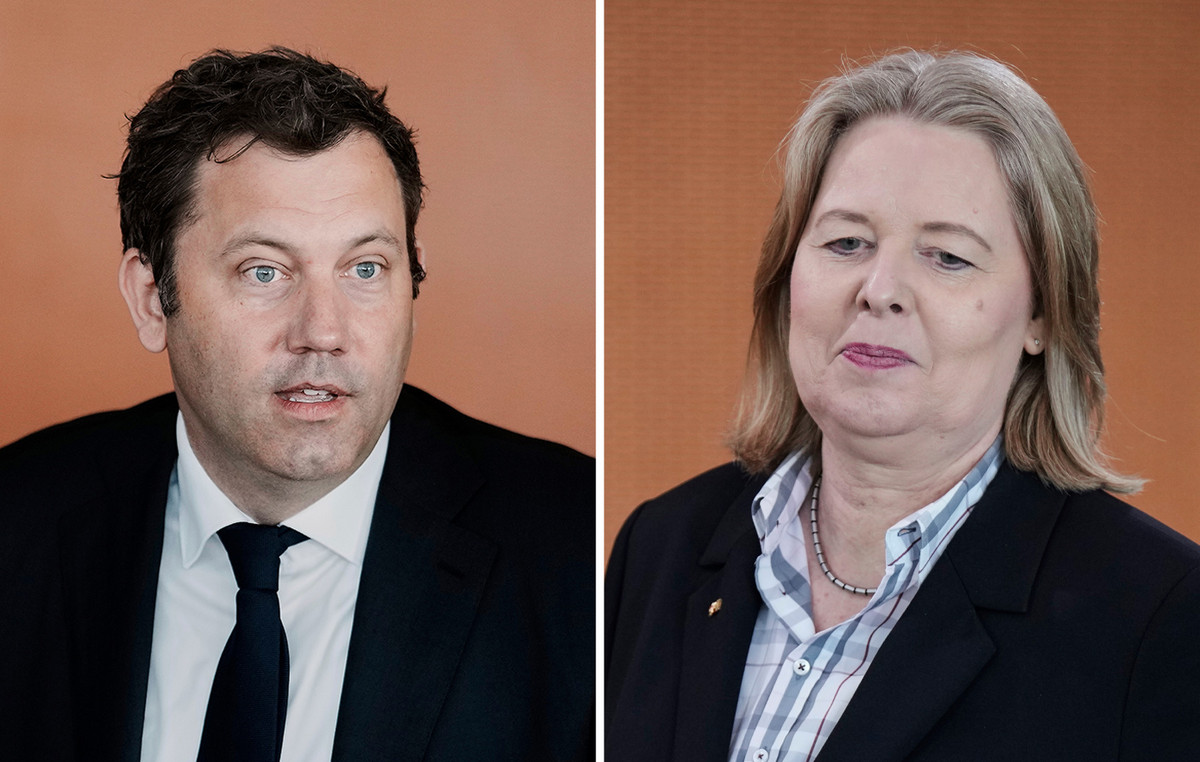He Price of gold in euros records falls for sixth consecutive day, collapsing this Friday at € 2,800its lowest price since last May 15. Yesterday, the Xau/USD closed at 2,844.95, losing 0.49%.
On the last day of the week, the ounce of gold in euros has fallen from a daily maximum of € 2,845 reached in the Asian session to a minimum of six weeks in € 2,800 during the European morning.
The XAU/EUR quote these moments about € 2,808.70, losing an important 1.27% in what we have been.
From one year to this part, the price of gold in euros has risen 31.18%.
The commercial agreement between the US and China promotes the appetite of risk, weakening gold
- The US president Donald Trump reported on Thursday night that a commercial agreement with China was signed on Wednesday. Although he did not give more details about the conditions, China has confirmed that progress were made in the conversations. In addition, Trump anticipated that a ‘great’ agreement with India could be announced shortly. This information together with the cessation of the conflict between Israel and Iran has favored the risk appetite in the market, pushing the downward gold, since it acts as an asset of safe refuge.
- He Euroon the other hand, it maintains its strength covered by the signing of the NATO agreement for which the European Member States, except for Spain, are commit to reaching an expense in defense of 5% to 2035.
- Yesterday, Russia and Ukraine returned to make a exchange of prisoners, as confirmed by the Russian Defense Ministry. This is the seventh exchange made by both countries since the meeting held in Istanbul on June 20.
FAQS GOLD
Gold has played a fundamental role in the history of mankind, since it has been widely used as a deposit of value and a half of exchange. At present, apart from its brightness and use for jewelry, precious metal is considered an active refuge, which means that it is considered a good investment in turbulent times. Gold is also considered a coverage against inflation and depreciation of currencies, since it does not depend on any specific issuer or government.
Central banks are the greatest gold holders. In their objective of supporting their currencies in turbulent times, central banks tend to diversify their reserves and buy gold to improve the perception of strength of the economy and currency. High gold reserves can be a source of trust for the solvency of a country. Central banks added 1,136 tons of gold worth 70,000 million to their reservations in 2022, according to data from the World Gold Council. It is the largest annual purchase since there are records. The central banks of emerging economies such as China, India and Türkiye are rapidly increasing their gold reserves.
Gold has a reverse correlation with the US dollar and US Treasury bonds, which are the main reserve and shelter assets. When the dollar depreciates, the price of gold tends to rise, which allows investors and central banks to diversify their assets in turbulent times. Gold is also inversely correlated with risk assets. A rebound in the stock market tends to weaken the price of gold, while mass sales in higher risk markets tend to favor precious metal.
The price of gold can move due to a wide range of factors. Geopolitical instability or fear of a deep recession can cause the price of gold to rise rapidly due to its condition of active refuge. As an asset without yield, the price of gold tends to rise when interest rates lower, while the money increases to the yellow metal. Even so, most movements depend on how the US dollar (USD) behaves, since the asset is quoted in dollars (Xau/USD). A strong dollar tends to keep the price of gold controlled, while a weakest dollar probably thrusts gold prices.
Source: Fx Street
I am Joshua Winder, a senior-level journalist and editor at World Stock Market. I specialize in covering news related to the stock market and economic trends. With more than 8 years of experience in this field, I have become an expert in financial reporting.







